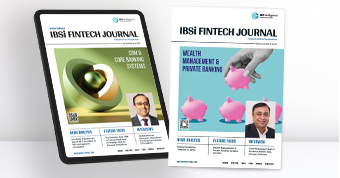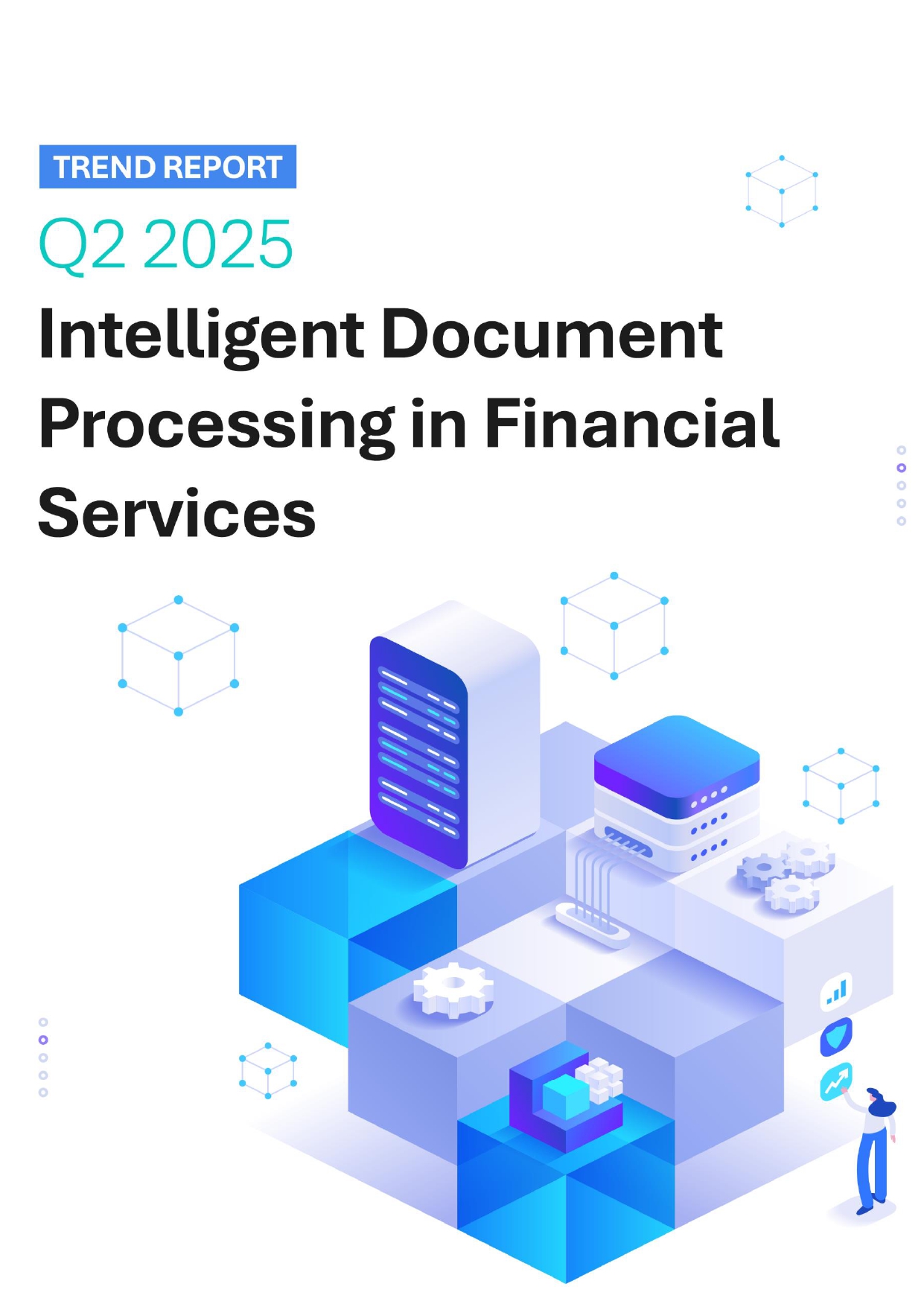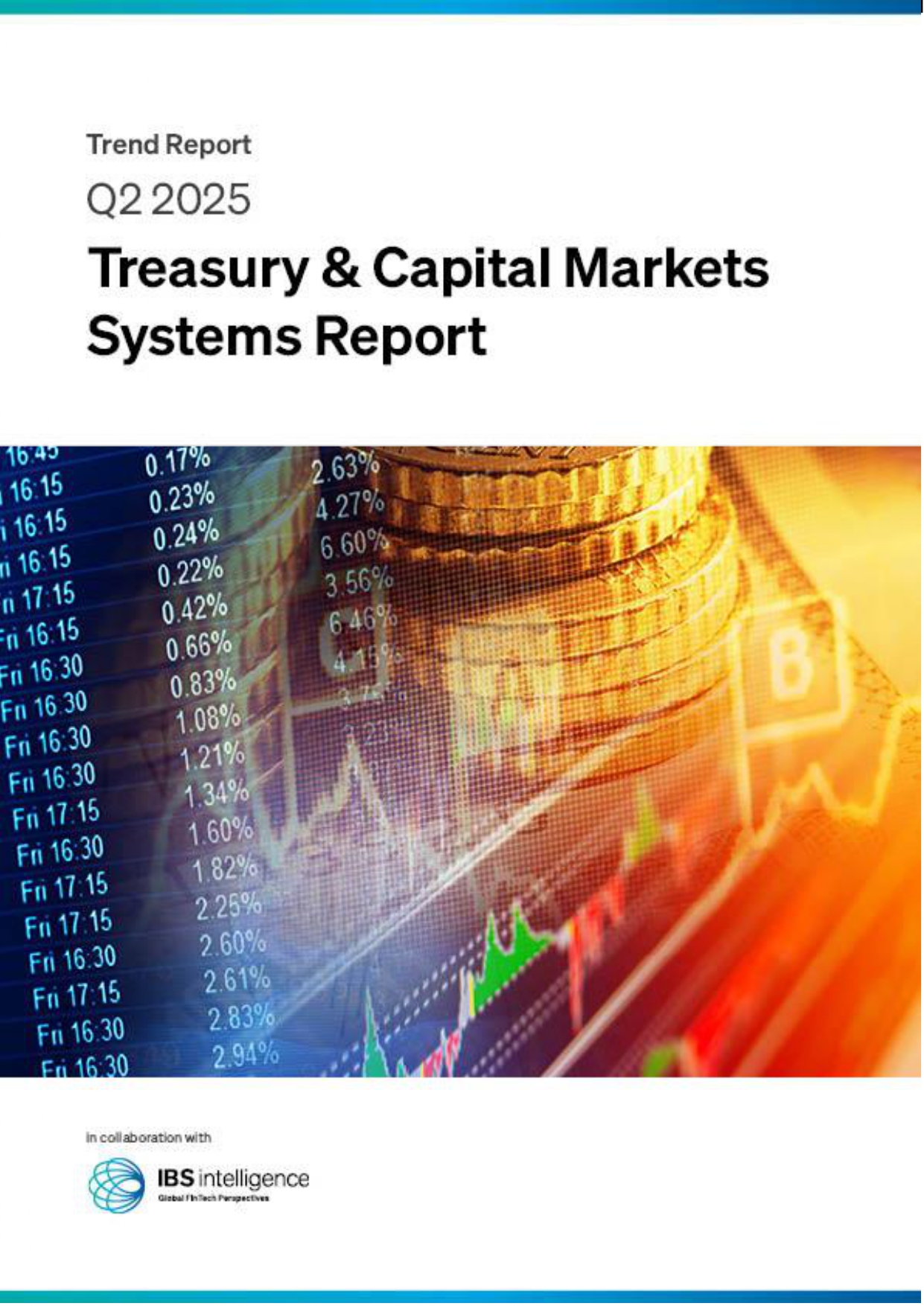 Back
Back
Who will be crowned king of cross-border payments?

Payments have come a long way since the days of waiting for a check to clear in seven days, paying for goods is now possible from anywhere at any time, on any device. What’s more, these purchases are no longer exclusively domestic. From the smallest micro-merchant to the largest corporate, trade and therefore transactions are now truly international.
However, the timeliness, complexity and opacity of international payments is still a very real challenge. Even in light of disruptive and far-reaching technological innovation, this basic and fundamental problem remains unfulfilled. Which begs the question – Why isn’t there a standardised approach for global, cross-border payments compatible with today’s immediate, digital economy?
New age of payments
SWIFT is the current de-facto network for international payments and has the benefit of wide reach through being bank-owned and ingrained in the global financial system. Although it is the most widely accepted cross-border payments infrastructure, it is based on the 600-year-old correspondent banking system and therefore slow and filled with inefficiencies.
SWIFT’s nascent rival, Ripple, is based on blockchain and crypto technology and can provide speed and certainty that are effectively unmatched in today’s market. Although it has attracted major financial institutions to pilot its platform, it does not yet have the scale or reach of global infrastructures and is still effectively utilizing a correspondent banking network.
The competition is clearly having an effect, as SWIFT recently completed a “proof of concept” test of blockchain technology finding, unsurprisingly, that blockchain technology needs to make more progress before it can handle the billions of dollars of daily cross-border payments between the world’s banks.
Is Instant the answer?
There’s a new player throwing its hat into the ring: the Cooperative model of Instant Credit Transfers.
43 countries are now using Instant Payments infrastructure domestically, including major economies such as Australia and the US. This begs the question as to whether primarily domestic networks can interoperate to create an international one.
SCT Inst partially answers that question by creating a pan-European, Instant Payments service linking those domestic instant payments schemes. SCT Inst enables transfers of up to €15,000 within 10 seconds, 24/7, to any of 34 SEPA territories – across multiple CSMs but still in the same currency. But is this enough to work on the global stage?
Inter-governmental considerations aside, from a technical perspective the answer is yes – those hurdles were overcome when we learned to make international phone calls reliably. The topic of FX conversions [the only cross-border consideration not addressed in SCT Inst] isn’t really a barrier either – just an item on the plan to work through.
And the payoff is significant. for the vast majority of transactions because payments are processed immediately, whether successfully or otherwise, there is no inefficiency in the form of delays or payments. Since more banks will participate directly, rather than through a correspondent, the cost will likely come down significantly, with fees trending towards domestic pricing and FX rates towards interbank with small margin on top. The transparency will also be improved – senders will be fully advised of any delays to a transaction.
That said, sending money to “difficult” jurisdictions through Instant Payments could be one of the main sticking points in implementing a truly global system. Even if these geographies have or develop schemes in the future, current operators will be reluctant to connect to it, or banks will make sending payments to these territories prohibitively difficult. It is in those jurisdictions we see most cost and delay, and that is unlikely to change. Clearly, just having the technical capability is not enough; it must be supplemented by regulatory framework and woven into laws and industry practices.
Cross-border instant Payments may well be the catalyst for a new wave of innovative corporate banking, payments and cash management services. And since it has the benefit of starting from the already established domestic base, it may get to practical global ubiquity much faster than any of the competing approaches. It is the one to watch for in 2020.
By Gene Neyer, Chief Strategy Officer, Icon Solutions
IBSi News
Get the IBSi FinTech Journal India Edition
- Insightful Financial Technology News Analysis
- Leadership Interviews from the Indian FinTech Ecosystem
- Expert Perspectives from the Executive Team
- Snapshots of Industry Deals, Events & Insights
- An India FinTech Case Study
- Monthly issues of the iconic global IBSi FinTech Journal
- Attend a webinar hosted by the magazine once during your subscription period
₹200 ₹99*/month
* Discounted Offer for a Limited Period on a 12-month Subscription
IBSi FinTech Journal

- Most trusted FinTech journal since 1991
- Digital monthly issue
- 60+ pages of research, analysis, interviews, opinions, and rankings
- Global coverage
Other Related Blogs
Related Reports

Sales League Table Report 2025
Know More
Global Digital Banking Vendor & Landscape Report Q2 2025
Know More
NextGen WealthTech: The Trends To Shape The Future Q4 2023
Know More
Intelligent Document Processing in Financial Services Q2 2025
Know More

